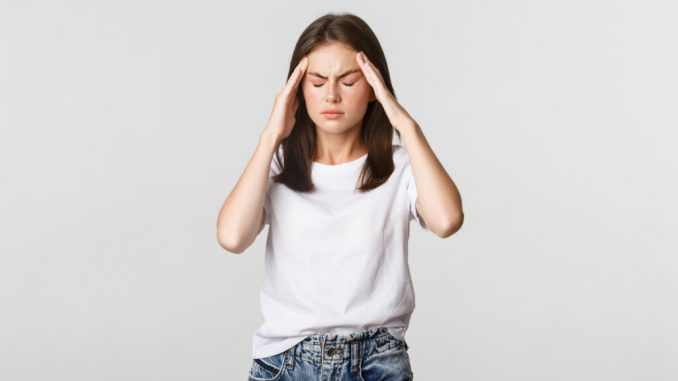
- Feeling dizzy when standing from a sitting position may be caused by Postural orthostatic tachycardia syndrome (POTS).
- POTS can affect the brain and the heart.
- The condition may also be genetic.
Postural orthostatic tachycardia syndrome (POTS) is a condition that causes fatigue or dizziness when standing up from a sitting position. Most people with POTS experience increased heart rate or palpitations when they stand up.
These symptoms are referred to as orthostatic intolerance (OI). About 500,000 Americans experience OI, which is the main symptom of POTS.
According to some sources, about 3 million adolescents and adults have POTS. The symptoms may completely disappear within 2 to 5 years. But for some people, the symptoms may come and go throughout their lifetime.
The severity of symptoms may vary. About 25 percent of people with POTS have severe symptoms that affect their daily lives.
What are the symptoms?

The autonomic nervous system (ANS) regulates how gravity affects the body based on its position, including the management of balance and blood flow. When you’re standing, your heart rate should be 10 or 15 beats per minute (bpm) higher than when you’re sitting, and your blood pressure should only slightly decrease.
But if you have POTS, your body doesn’t relay the right signals to your heart and brain when you change position, increasing your heart rate to up to 30 bpm higher than usual.
When immune cells in your body activate certain chemicals, it can also cause flushing, breathlessness, headache, lightheadedness, nausea, vomiting, diarrhea, swelling in your lower legs and feet, heart palpitations, anxiety, dizziness, and blurry vision.
What causes POTS and who’s at risk?

There isn’t a clear cause of POTS. But according to some studies, POTS development may also be genetic. A Mayo Clinic research suggests that 50% of POTS cases might be autoimmune related.
Still, some life events can affect the behavior of ANS and trigger POTS, including:
- puberty
- monthly period
- pregnancy
- major surgery
- significant blood loss
- viral illness
POTS can affect anyone, but it is more common in women ages 15 to 50 years.
How it’s diagnosed

Your doctor will ask detailed questions about your daily activities, how long you’ve had your symptoms, and how much they affect you. Tell your doctor about any medications that you take, as certain medications can affect your ANS and blood pressure.
Testing
Your doctor may also observe you lying down, sitting, and standing, recording your symptoms, pulse, and blood pressure every time you change your position.
Your doctor may also recommend you for a tilt table test, where you are fastened to a table that is tilted to different angles and positions. During this test, your doctor will monitor your vital signs.
Referral
If further evaluation is necessary, you may be referred to a specialist that focuses on the brain-heart connection. Sometimes, POTS is misdiagnosed as anxiety or panic disorder, so your doctor must understand your symptoms.
Treatment options

POTS doesn’t have a one-size-fits-all treatment or medication, but for POTS management, the following medications are commonly prescribed:
- Fludrocortisone
- Midodrine
- Beta-blockers
- SSRI
- Salt tablets
Lifestyle changes
Treating POTS may also require diet changes, such as staying hydrated and safely increasing your sodium intake.
- Sprinkle an extra dash of table salt to your food.
- Eat pretzels, olives, and salted nuts for snack.
- Eat smaller meals and take snack breaks.
- Get quality sleep.
- Do reclined aerobic exercise, like biking or rowing.
- Drink 16 ounces of water before standing up.
Living with POTS

If you have POTS, the first step to managing your condition is identifying what triggers your symptoms. Find out what your body needs, then adjust your behavior accordingly and address your symptoms better. Limit periods of standing when it can trigger your POTS, and always carry a bottle of water.
Consult a mental health expert if your symptoms are affecting your life.
Outlook
In around 90 percent of treated POTS cases, the symptoms become easier to manage over time. Symptoms may also disappear for several years. Men tend to fully recover from POTS compared to women. Research has allowed for more advanced treatments for POTS.
Via Health Line
